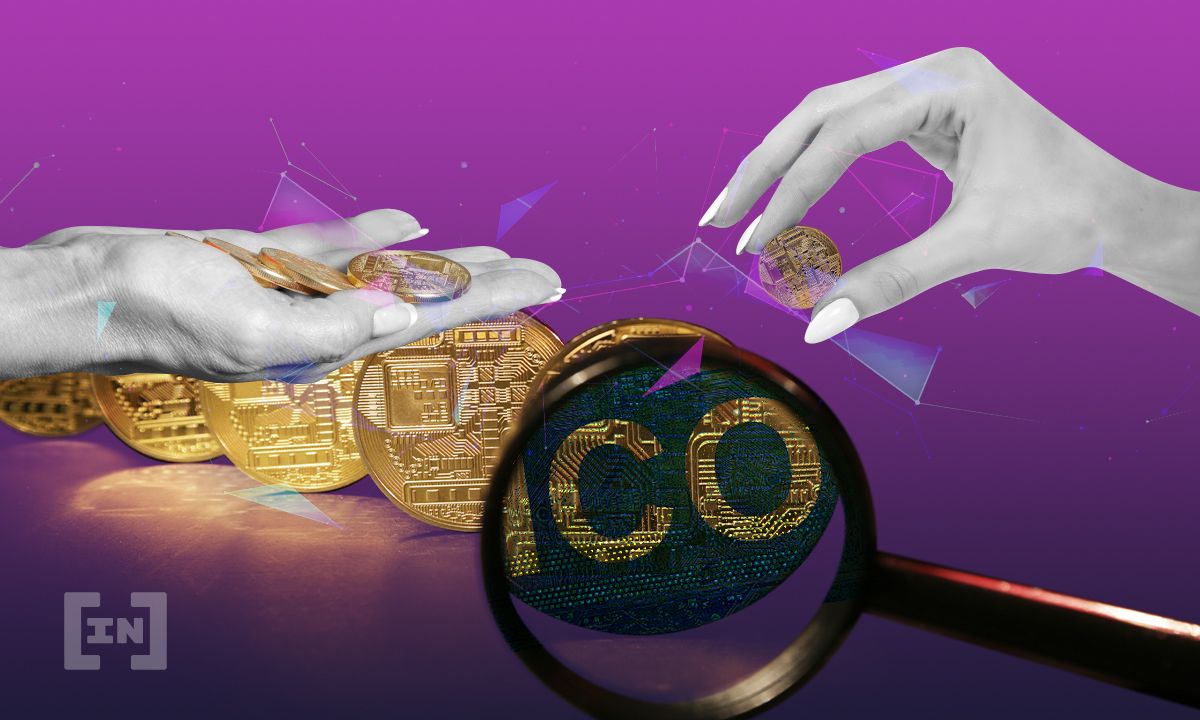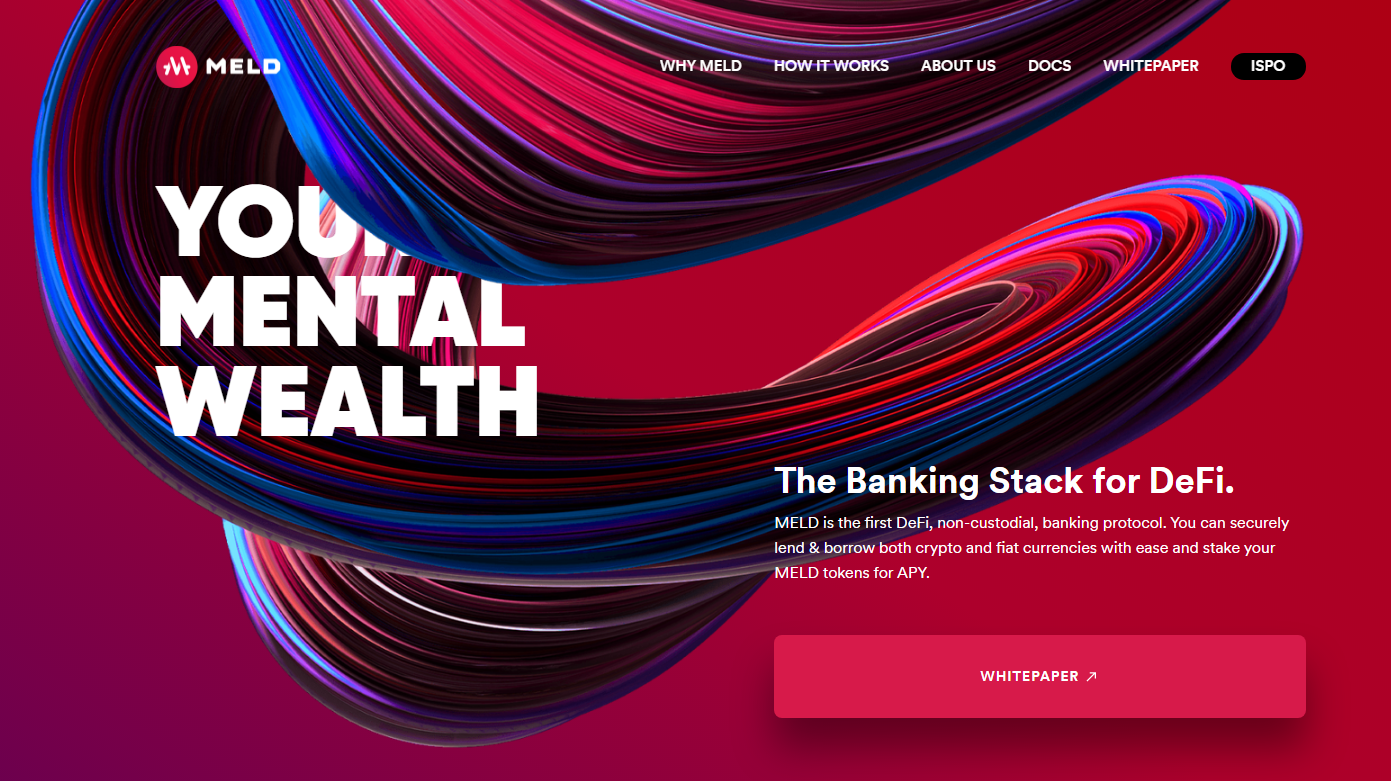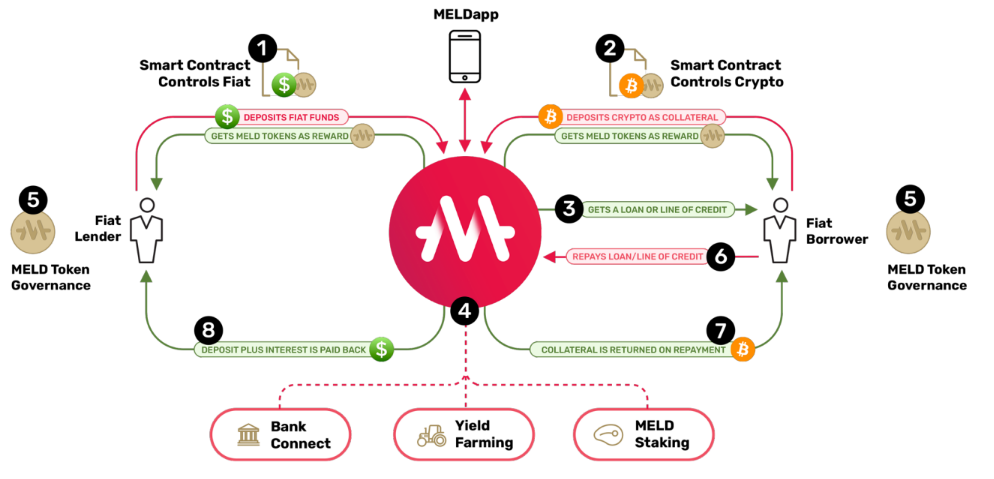Cardano is a proof-of-stake blockchain that allows investors to stake their crypto to help support the network’s decentralization and earn rewards. Like all next-gen blockchains, it is seeing some major developments. One such development is fundraising, with Cardano being home to Initial Stake Pool Offerings (ISPO).
Learn more about crypto funding models in general and the ISPO in this guide.
In this guide:
Crypto funding models explained

Since Bitcoin launched the crypto market, blockchain technology has gained more attention, encouraging new developments. Crypto enthusiasts and developers looking to innovate, have found numerous use-cases for the technology. One of the main concerns was funding, which has evolved over the years.
This new class of innovators paved the way to the types of fundings we see today in the crypto sphere. The main crypto funding models are:
- ICO or Initial Coin Offering
- IDO or Initial DEX Offering
- IEO or Initial Exchange Offering
- STO or Security Token Offering
- ISPO or Initial Stake Pool Offering
What is an ICO?
ICOs became popular in 2017, reaching a new milestone when the industry compared ICOs to Venture Capital funding in 2018.
The ICO crypto funding model helps new projects reach out to potential investors using a whitepaper listed on their website. Investors receive the project’s token and expect it to rise in value over time, as the project further develops and reaches more people.
Usually, the projects sell their currency for bitcoin or ethereum. However, the crypto community has seen its fair share of projects that haven’t been up to their initial promises, which has created a lot of skepticism in the crypto space.
What is an IDO?
IDOs are token offerings made available through a decentralized liquidity exchange. IDOs can serve any type of project and can offer a tool for communities to engage with, such as fan tokens for football teams or other sports.
Similar to ICOs and venture capital funding, IDOs are a crypto funding method to obtain funds from individual investors. However, the IDO’s investors do not own equity in the project but can use the tokens to influence some aspects of the project. Unlike ICOs, IDOs provide immediate liquidity and trading.
Most IDOs are offered on Binance DEX, Polkastarter, and Uniswap.
What is an IEO?
An IEO is fairly similar to an ICO, with the main difference being that the coins/tokens are offered on an exchange and not the project’s website. The former needs to have an account on the respective exchange to be able to participate.
While each ICO or IEOs has slightly different rules and terms, they all offer a set number of pre-mined tokens. Early investors can purchase these, with the capital allocated towards development.
What is an STO?
An STO is a tokenized version of an Initial Public Offering (IPO). It involves selling security tokens — tokenized digital securities — on security token exchanges.
These security tokens represent an investment contract into an underlying asset (stocks, bonds, funds, real estate, and other investment assets). Security tokens represent ownership over securities that have a monetary value as it is backed by real-world assets.
Like traditional stocks, security tokens offer ownership of the security, and the information is stored on the blockchain. STOs are a cross between crypto ICOs and traditional IPOs, as it borrows systems for both investment methods.
What is an ISPO?

ISPOs are an effective way to fund a new crypto project while also keeping the underlying PoS consensus of the blockchain decentralized and running. This new crypto funding option may become a standard practice for future projects as it is deemed safe as investors do not have to part with their funds.
To understand how it works, we need to first explain the PoS consensus mechanism of the blockchain on which the ISPO is offered.
A PoS blockchain doesn’t rely on the brute computational force of the network, but on network validators. The latter verifies network transactions and generates new blocks, thus securing the network. Validators are nodes on the PoS blockchain, and they get designated as the slot leader to generate the next block, according to the consensus algorithm.
A validator is usually a stake pool that allows more crypto investors to stake their funds. When a new block is generated, the protocol rewards the validator with a reward. The reward is split among the stakes in the pool, proportional to the amount staked, and is designed to keep the blockchain decentralized and running.
ISPOs have taken place on Cardano, which uses the Ouroboros protocol. Delegators stake ADA in a stake pool of their choice. The more stake a pool has, the bigger the chance for it to become a validator node and contribute to the network’s consensus. The winning validator received a reward in ADA, which is split inside that pool, and each delegator receives a part of the ADA reward.
How to participate in an ISPO?
When crypto holders stake their ADA in an ISPO, they do not receive the ADA rewards. Instead, they receive the tokens of the new projects they fund. Then, the project claims the ADA, which is used as funding. In this way, the investors do not risk losing their funds, while also receiving the tokens of the new project.
For an ISPO, the variable margin is usually set by the pool operator and is 100%. The Ouroboros protocol leaves all the rewards to the pool operator, which in this case is the development team. If the variable margin is less than 100%, the protocol distributes the rewards to the delegators, and those who staked ADA will receive ADA as a reward.
To participate, investors must first own the native token of the PoS network of the ISPO.
Examples of ISPOs
ISPOs are quickly becoming a preferred crypto funding method, as it is benefiting both the project developers and network while keeping the investors’ funds safe.
Some of the most notable PoS blockchains that have ISPO are:
- Cardano: MELD, Minswap, SundaeSwap, MIRQUR, Ray Network, AADA, Mala DEX
- Terra: Mirror Protocol, Anchor Protocol
- Solana: Sunny Aggregator and Saber
- Polkadot: Polkadot and Kusama
- Tron: Tron (TRX) holders receive token airdrops.
Minswap is a Cardano AMM decentralized exchange (DEX) that aims to offer users minimal fees for swapping cryptocurrency.
The Minswap DEX uses a multi-function liquidity pool and allows the community to vote for the integration of any new AMM protocols. The revolutionary Babel fee mechanism promises to enable traders to perform any trade regardless of their funds. The Babel fee model allows users to pay for the transaction fee in any token they own instead of ADA.
MinSwap’s native tokens MIN were offered via Fair Initial Stake Offering (FISO), a form of Initial Stake Pool Offering (ISPO). The developers featured ten stake pools, and delegators received MIN rewards. The FISO lasted for 20 epochs.

Then there’s Flickto, a Cardano-powered community media launchpad. The ISPO of this project serves as a good example of how the model works.
This platform has also launched an ISPO that lets users earn the FLICK token by staking ADA in the pool. The project focuses on funding content creators so that they can build new TV shows, films, and streaming content. FLICK is used to signal support.
The Flickto ISPO began on Nov. 1, 2021 and ends on Apr. 10, 2022, with the base reward being 0.15 FLICK per active ADA staked. Vesting begins on Jan. 5, 2022.
60% of FLICK tokens are distributed to the public, with 40% of that reserved for the ISPO and 20% allocated for sales and the IDO. The team, advisors, and partners will receive 15%, as will the treasury and exchange liquidity provisions. The remaining 10% goes towards marketing and operations. There is a total supply of five billion.
What is MELD?

MELD is a non-custodial, open-source liquidity protocol that enables users to borrow fiat currency (USD or EUR) while using crypto as collateral to earn yields on deposits.
The platform is the first decentralized protocol in the entire crypto ecosystem to offer fiat loans. This capability allows investors to perform transactions between fiat and crypto positions while keeping their digital assets.
Compared to traditional fintech and centralized blockchain platforms, MELD promises significantly higher capital efficiency when lending and borrowing funds. The protocol offers high-speed and low-fee transactions. MELD has in store over $50 billion cardano (ADA) as security.
The MELD token is the native token of the MELD lending protocol, and it is used for governance and staking. The token can be used on the browser or on the MELDapp on iOS and Android.
The MELD protocol is composed of a set of rules that serve the different agents that interact with it. These rules are transparent and trustless on-chain smart contracts that can only be changed via voting.
Stakeholders in the MELD Protocol:
The main actors participating in the MELD protocol are:
- Fiat liquidity providers (Lenders): They are the liquidity providers who deposit fiat funds and earn interest and yield as a reward
- Foundations (Fiat Banks): These entities receive the funds from lenders and send fiat to borrowers
- Borrowers: They need to deposit crypto as collateral to borrow fiat
- Crypto liquidity providers: LPs provide liquidity to the liquidity pools and receive yields
- Traders: These are investors who trade Cardano native tokens on MELD
- Stakers: They stake MELD tokens to provide insurances, earn rewards and have voting rights in the governance process
- Oracle feeders: These are data feeds that provide real-life information, such as the price of assets, to the protocol’s smart contracts
Investors are advised to follow the MELD protocol roadmap to discover the team’s recent developments and updates, as MELD is a project still under development.
MELD tokenomics

The MELD protocol offers a series of decentralized finance (DeFi) services:
- MELDed Assets: The protocol has the infrastructure for wrapping assets from other networks (renBTC, ETH, BNB)
- Lending: It offers centralized (integrated with fiat) and decentralized lending
- MELD Vaults: These are single-side AMM liquidities that offer impermanent loss protection
- MELD Staking Pools: The pools on the protocol offer insurance to protect lenders and compensate them for impermanent loss
The MELD token is the native token of the protocol and has the following functions:
- Governance
- Incentives
- Fee reduction
- Protocol insurance
How to participate in the MELD ISPO?
Crypto investors enthusiasts can delegate their cardano (ADA) funds using the Daedalus or Yoroi wallet. This goes to the public MELD staking pools at any given time during the ISPO.
This is similar to the way you would normally stake ADA on Cardano. The only difference is that you need to find the staking pools created by the developers (MELD Labs) and delegate your ADA stake to them.
The MELD staking pools are called MELD1, MELD2, and so on. The delegators will receive MELD tokens as a reward, instead of ADA, according to the quantity of ADA staked and the staking duration.
However, according to their website, the MELD ISPO officially closed on 27 Oct. 2021.
Are ISPOs the future for crypto funding?
Initial Stake Pool Offerings have the potential to spark the ecosystem of PoS blockchains, as it has benefits for all involved parties. Since most members of the crypto community have seen the many empty promises of the ICOs era of 2017–2018, the new ISPO model could earn their trust.
As more crypto projects choose ISPOs to receive funding, investors will be able to truly support the projects they want without worrying about losing their funds.
Frequently asked questions
Is an ISPO different from an ICO?
The main difference between Initial Stake Pool Offerings (ISPOs) and Initial Coin Offerings (ICOs) is that investors don’t lose access to their funds when supporting an ISPO. With ICO, investors have to buy the project’s tokens using BTC or ETH. ISPO investors receive the project’s token when they stake tokens on the supporting blockchain.
How do I join the MELD ISPO?
Investors who want to participate in an Initial Stake Pool Offering (ISPO) have to stake the tokens of the PoS blockchain on the native network and will receive the ISPO tokens as rewards.
What is an ISPO in crypto terms?
ISPO stands for Initial Stake Pool Offering, and it’s the latest method for funding cryptocurrency projects. Instead of asking investors to buy the tokens, as in the case of ICOs, the developers ask investors to stake the tokens of the blockchain using their staking pool. This rewards the delegators with the ISPO token.
What is MELD crypto?
MELD is a non-custodial banking protocol built on the Cardano blockchain that enables investors to borrow fiat (USD and EUR) while using cryptocurrency as collateral.
How many MELD tokens will there be?
The total token allocation is 4 billion MELD. During the ISPO, only 1 billion MELD tokens will be distributed.


